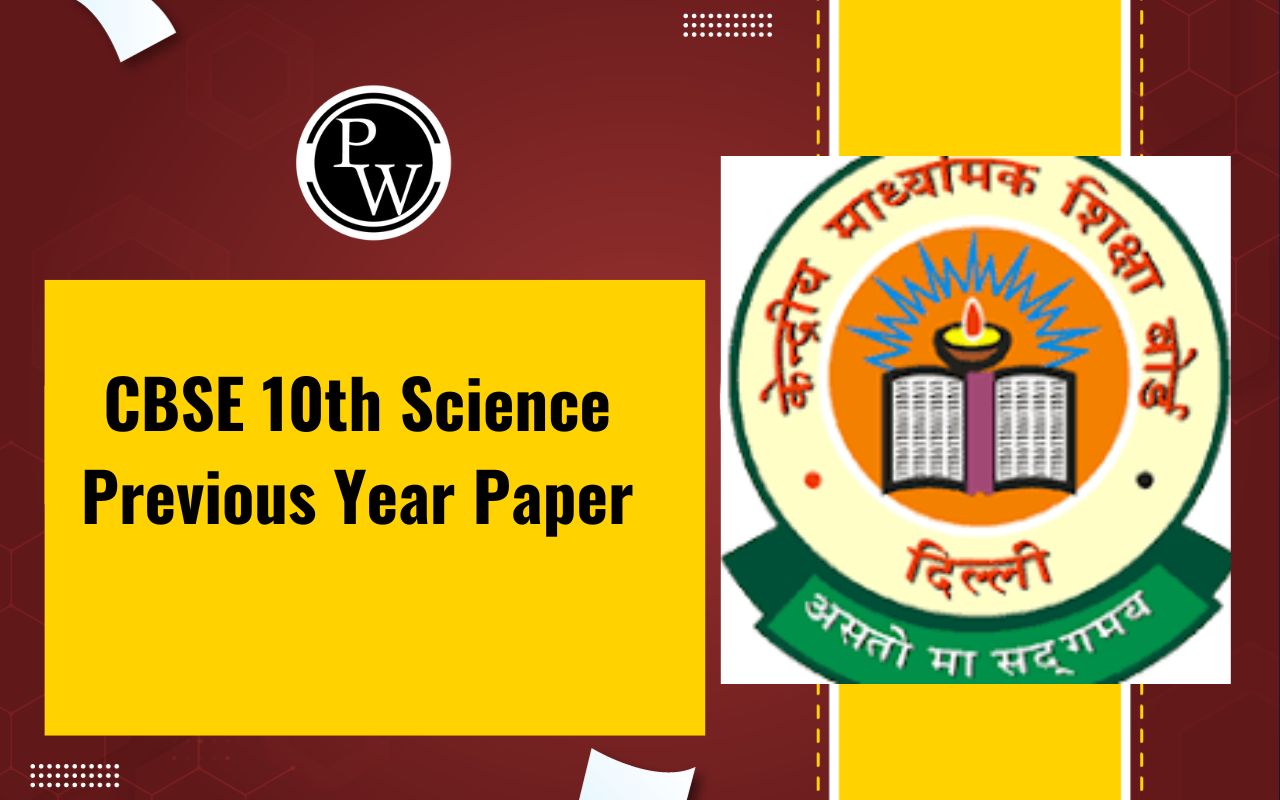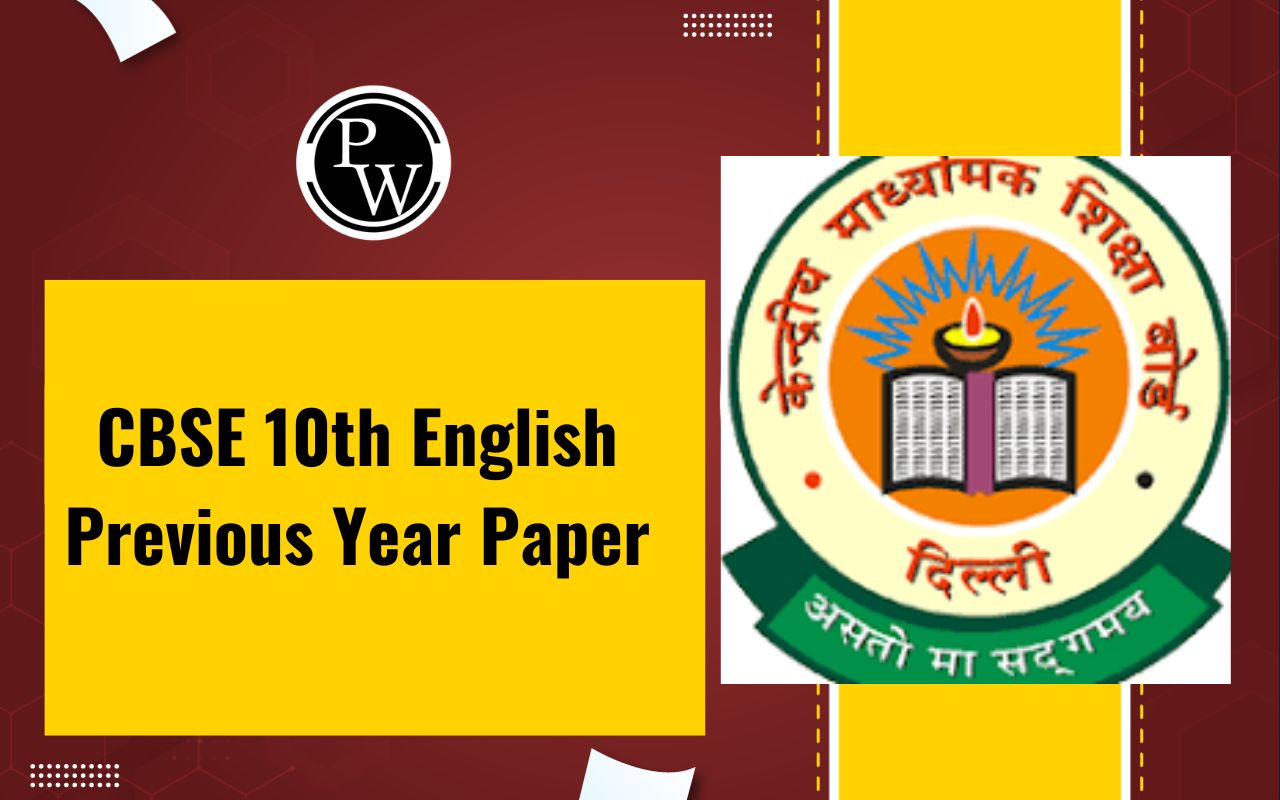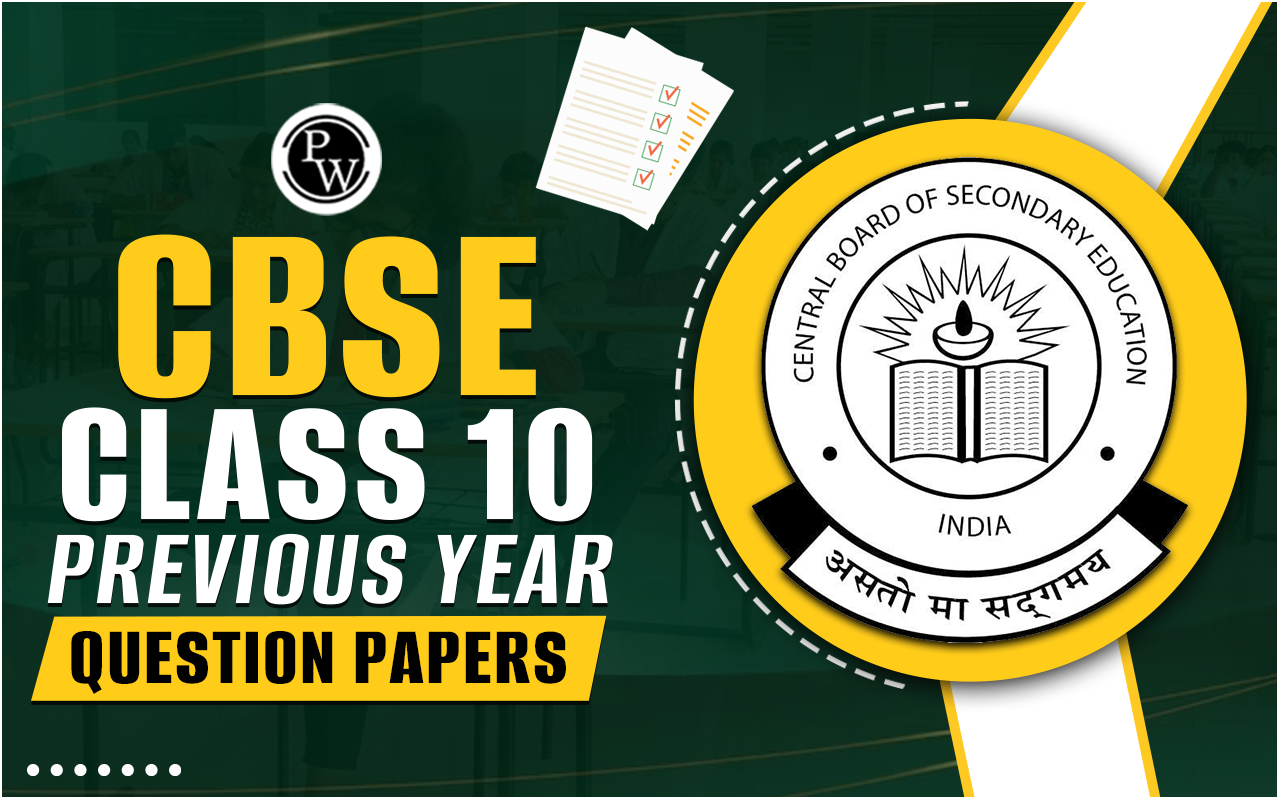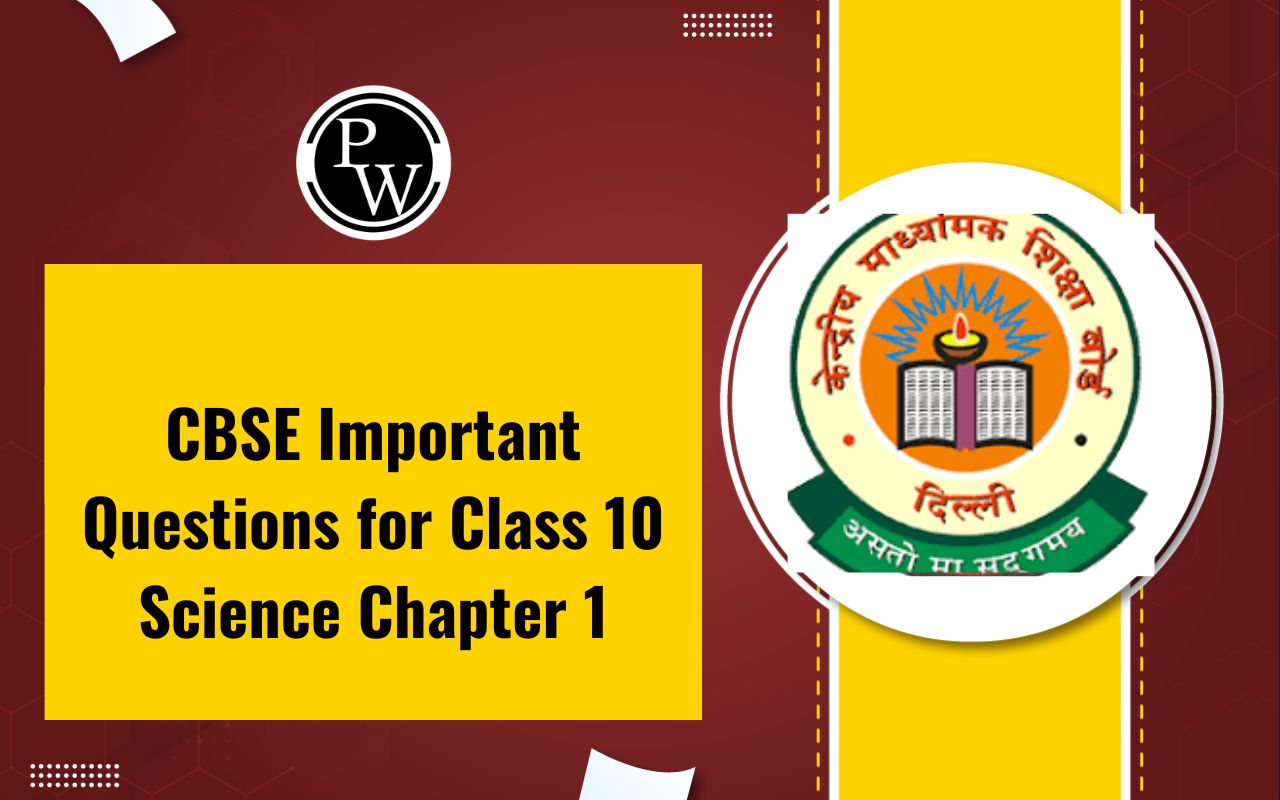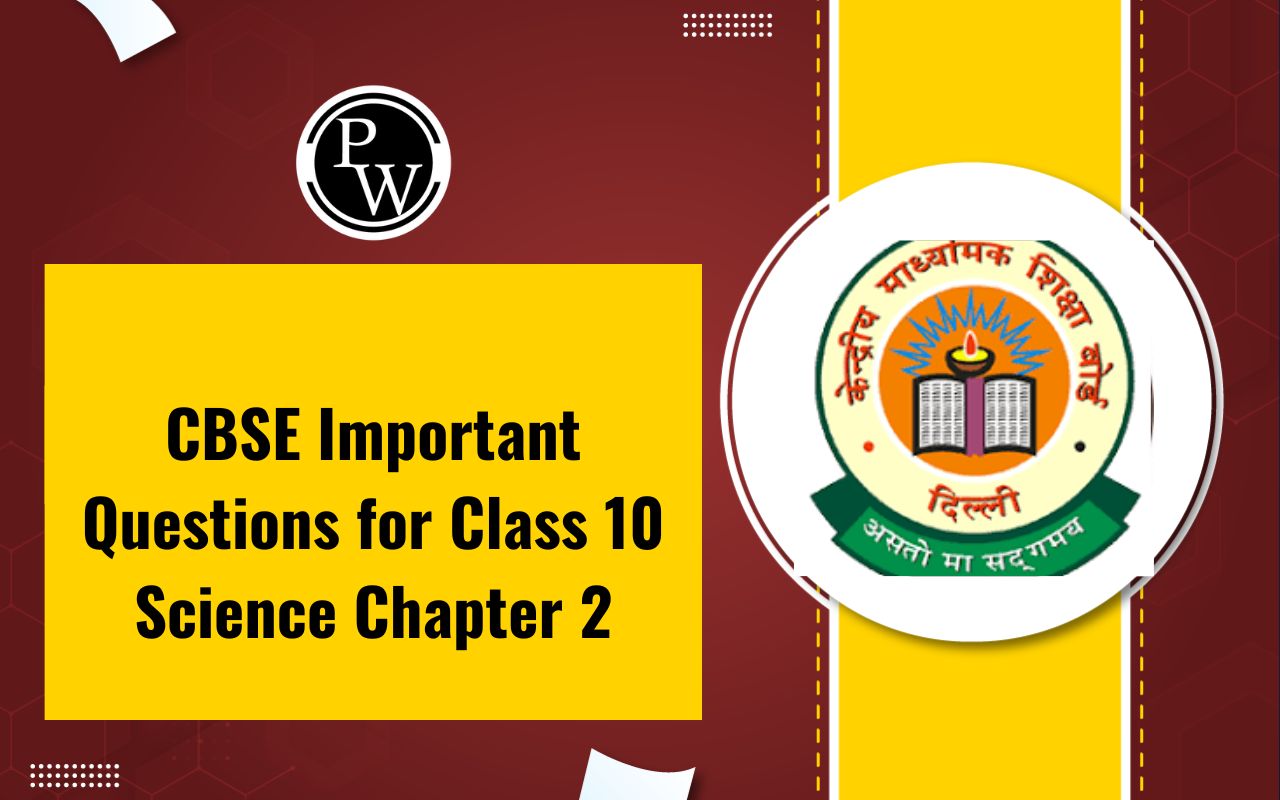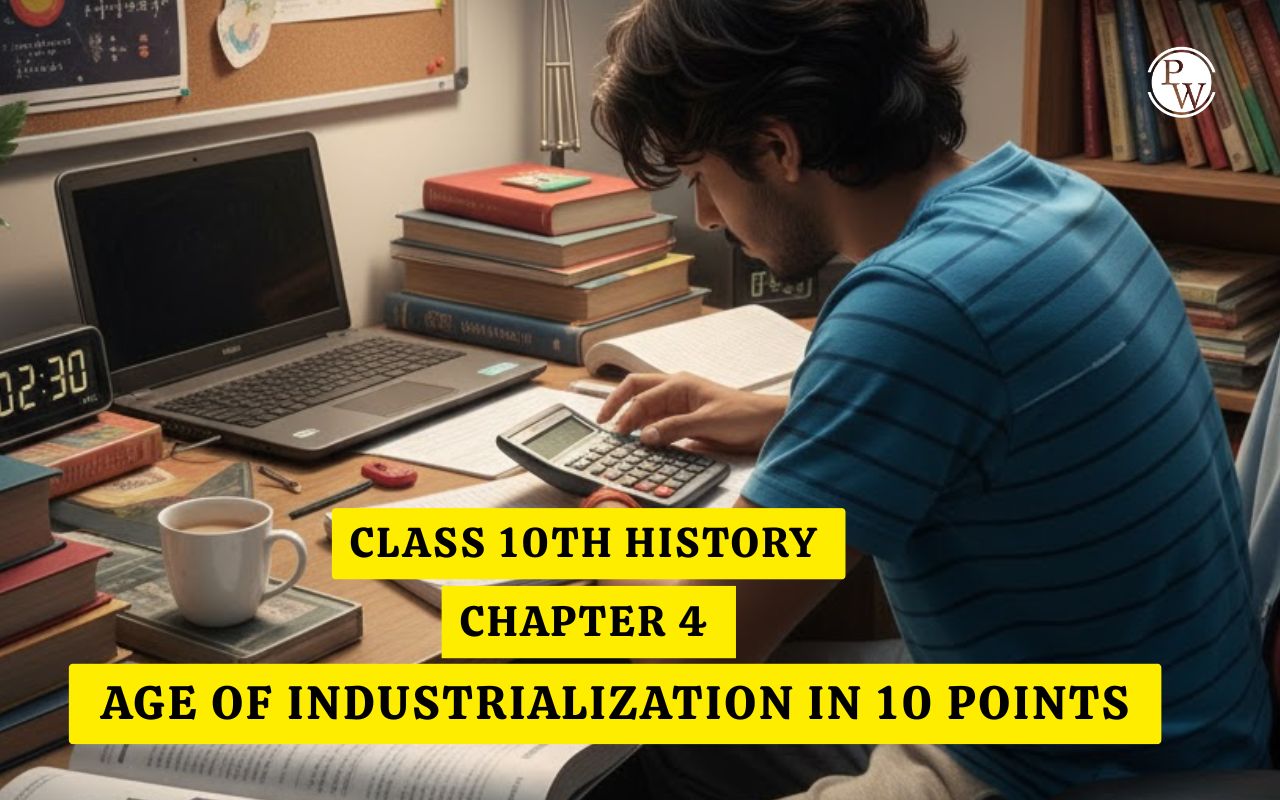

The CBSE grading system for Class 10 follows a 9-point scale ranging from A1 to E, designed to evaluate students based on their relative performance rather than just raw marks. A1 is the highest grade, awarded to the top 1/8th of students, while E indicates failure.
Grades are assigned based on percentile ranks and converted into grade points, with A1 carrying a grade point of 10.0.
CBSE also uses a 5-point grading scale (A to E) for internal subjects like Art Education and Physical Education.
Previous Year Question Papers Class 10
This system reduces academic pressure and promotes holistic learning by eliminating the display of total marks and percentage on the marksheet.
CBSE Class 10 Grading System 2025 9-Point Scale
CBSE uses a 9-point relative grading scale, ranging from A1 (highest) to E (fail). The grades are awarded based on a percentile rank of students and not just absolute marks.
|
CBSE Class 10 Grading System 2025 9-Point Scale |
||
|
Marks Range |
Grade |
Grade Point (GP) |
|
91–100 |
A1 |
10.0 |
|
81–90 |
A2 |
9.0 |
|
71–80 |
B1 |
8.0 |
|
61–70 |
B2 |
7.0 |
|
51–60 |
C1 |
6.0 |
|
41–50 |
C2 |
5.0 |
|
33–40 |
D |
4.0 |
|
21–32 |
E1 |
Fail (No GP) |
|
00–20 |
E2 |
Fail (No GP) |
How to Calculate CGPA in CBSE Class 10?
Steps to Calculate CGPA:
-
Add the grade points of the top five main subjects.
-
Divide the total by 5.
CBSE Class 10 Grading System 2025 for Arts, Health, and Physical Education
CBSE uses a 5-point scale (A–E) for internal assessments such as:
-
Art Education
-
Health and Physical Education
-
SEWA (Social Empowerment through Work Education and Action)
Art Education Grades
In CBSE Class 10, Art Education is evaluated using a five-point grading scale from A to E. This system focuses on assessing students' progress and proficiency in creative skills rather than numerical scores.
|
Art Education Grades |
|
|
Grade |
Connotation |
|
A |
Exemplary |
|
B |
Proficient |
|
C |
Developing |
|
D |
Emerging |
|
E |
Beginner |
Health and Physical Education Components
Health and Physical Education in CBSE Class 10 is assessed across various activities and skills using a five-point grading scale (A to E). This evaluation covers games, fitness, work experience (SEWA), and health-related activities to promote overall well-being and development.
|
Health and Physical Education Components |
||
|
Component |
Period Approx. |
Grading Scale |
|
Games & Sports |
90 |
A to E |
|
Health and Fitness |
50 |
A to E |
|
SEWA |
50 |
A to E |
|
Health Activity Card |
10 |
Not graded |
Components of CBSE Assessment Structure
The CBSE assessment structure for Class 10 in 2025 consists of two main components: Theory Examination and Internal Assessment, ensuring a balanced evaluation of students' academic and practical skills.
-
Theory Examination (80 Marks): This component evaluates students’ knowledge through written exams based on the prescribed syllabus. The questions include a mix of competency-based, objective-type, and short/long answer questions to assess critical thinking, understanding, and application skills.
-
Internal Assessment (20 Marks): Internal assessment focuses on continuous evaluation throughout the academic year. It includes:
-
Periodic Tests: Short tests conducted at regular intervals to assess the grasp of concepts.
-
Notebook Submission: Encourages regularity, discipline, and organized learning habits.
-
Subject Enrichment Activities: Project work, practicals, presentations, or lab work that assess skills beyond textbook learning.
Distinction and Performance Metrics in CBSE Class 10 (2025)
In the CBSE Class 10 grading system, student performance is measured through grade points rather than percentages. Although CBSE does not officially categorize any grade as a "distinction," achieving an A1 grade (91–100 marks) is widely recognized as an indicator of exceptional academic excellence. This grade corresponds to a grade point of 10.0, representing the top-performing 1/8th of the passed candidates. Such students are considered high achievers, showcasing deep subject knowledge and consistent academic discipline.
CBSE Marking Scheme for 2025
For the 2025 board exams, CBSE has emphasized competency-based learning to ensure that students are evaluated on their understanding, critical thinking, and practical application of knowledge. The distribution of marks across question types is structured as follows:
|
CBSE Marking Scheme for 2025 |
|
|
Question Type |
Weightage |
|
Competency-Based Questions (MCQs, Case Studies) |
40% |
|
Objective-Type Questions |
20% |
|
Short/Long Answer Questions |
40% |
Advantages of the CBSE Grading System
The CBSE grading system provides several benefits that positively impact students' learning experiences:
-
By focusing on grades instead of exact marks, the system helps lessen academic stress among students. This approach encourages learning without the constant pressure of achieving precise scores.
-
The grading system emphasizes internal assessments and overall performance, promoting the development of skills beyond rote memorization. It supports a well-rounded education that includes practical knowledge, creativity, and critical thinking.
-
The uniform grading system ensures consistency and fairness in the assessment process across different schools and regions, making evaluation more transparent and equitable.
CBSE Grading System for Class 10 2025 FAQs
What grading scale does CBSE use for Class 10 in 2025?
How are grades assigned in the CBSE Class 10 grading system?
Is the percentage mentioned in the CBSE Class 10 marksheet?
What is the passing criteria for CBSE Class 10 2025?


